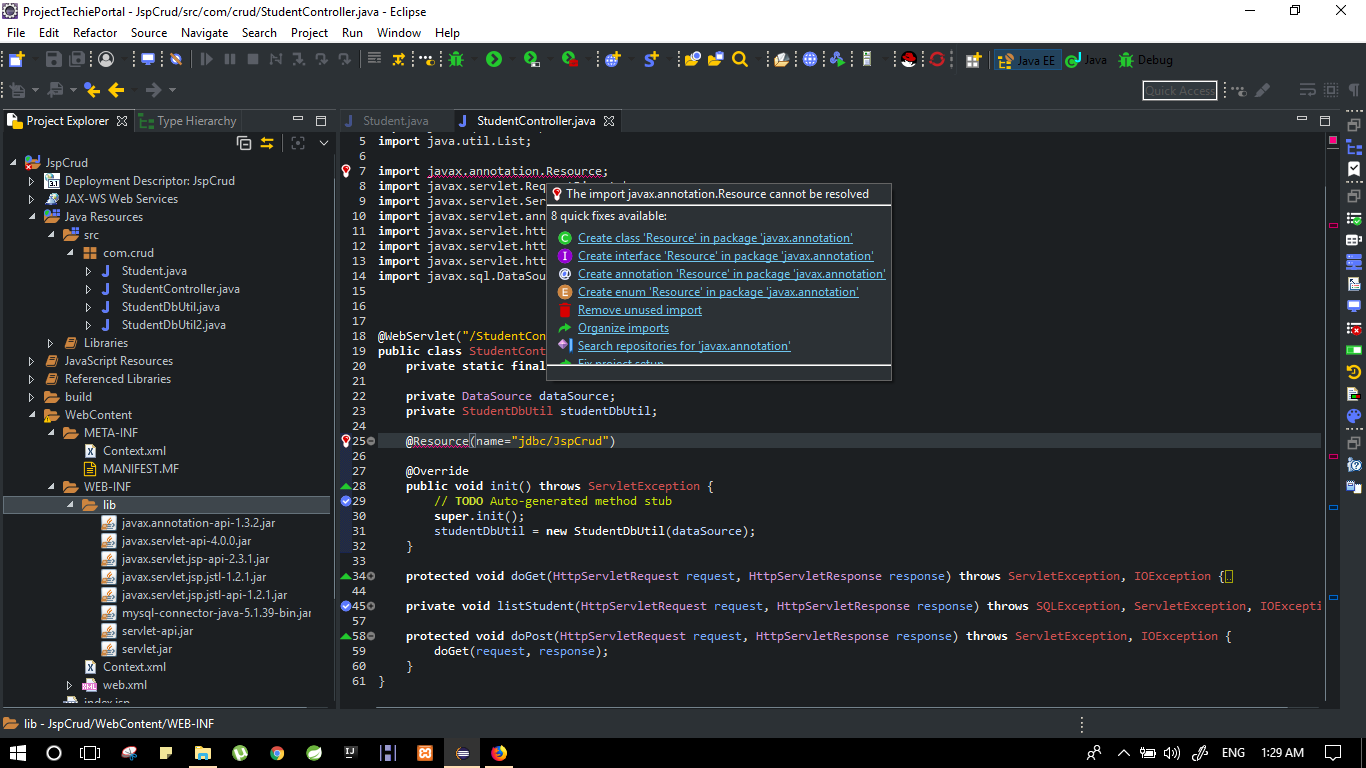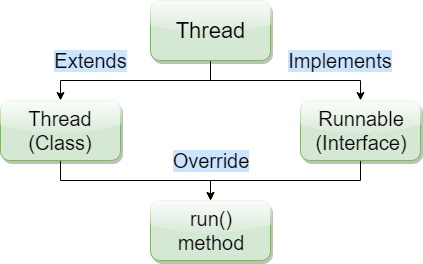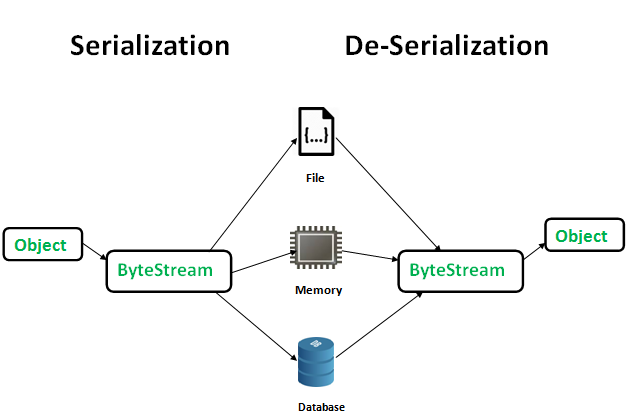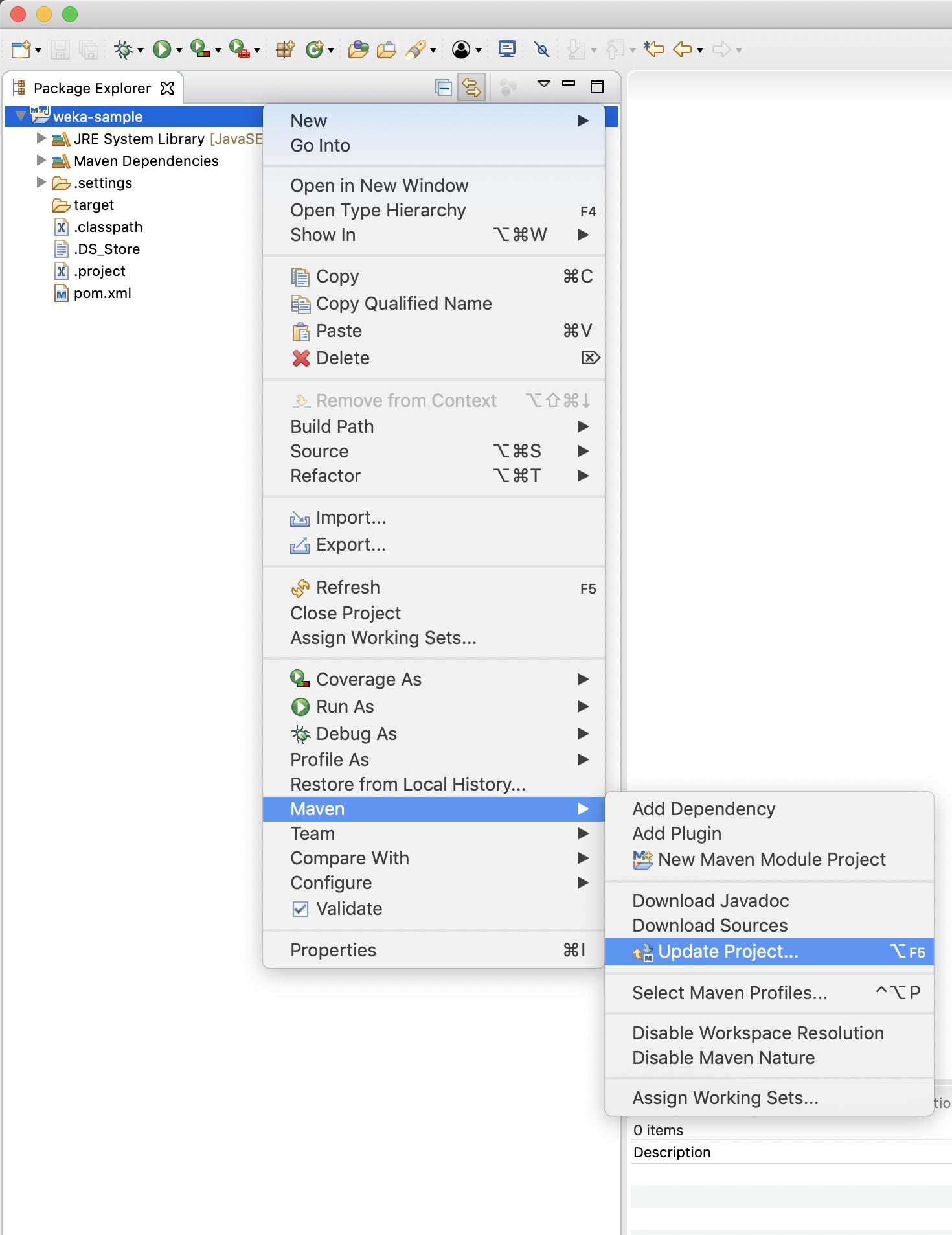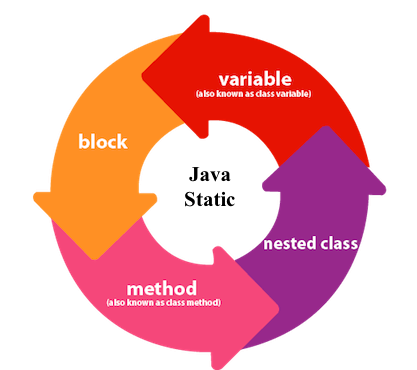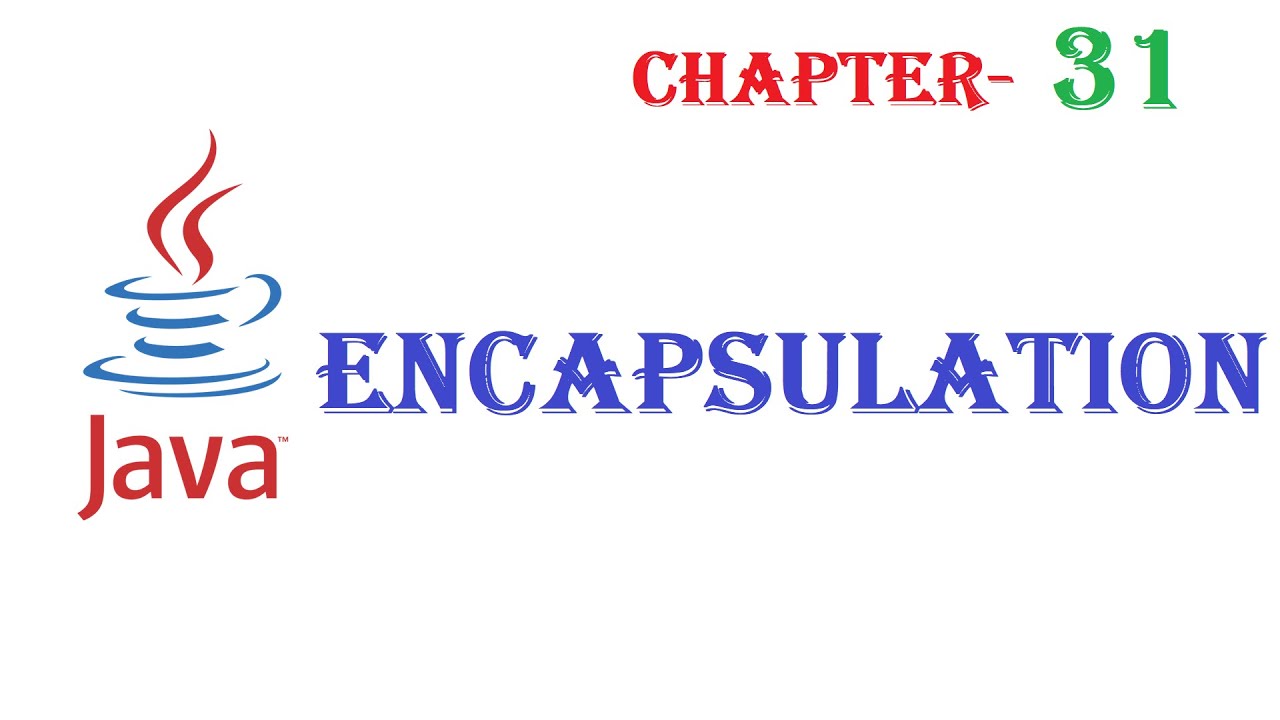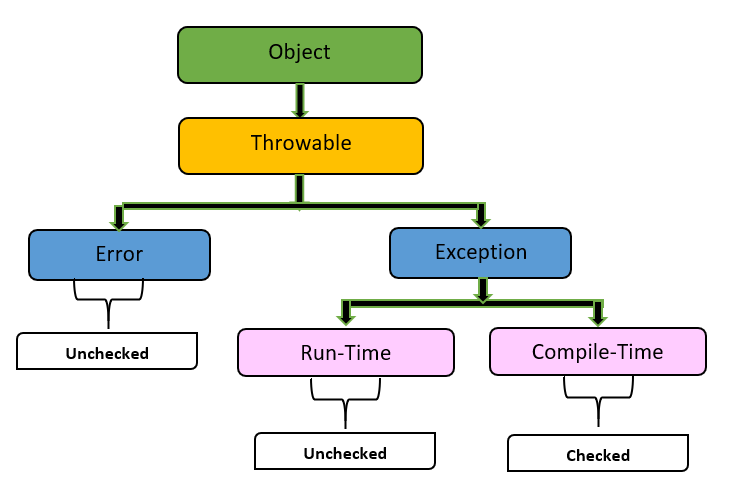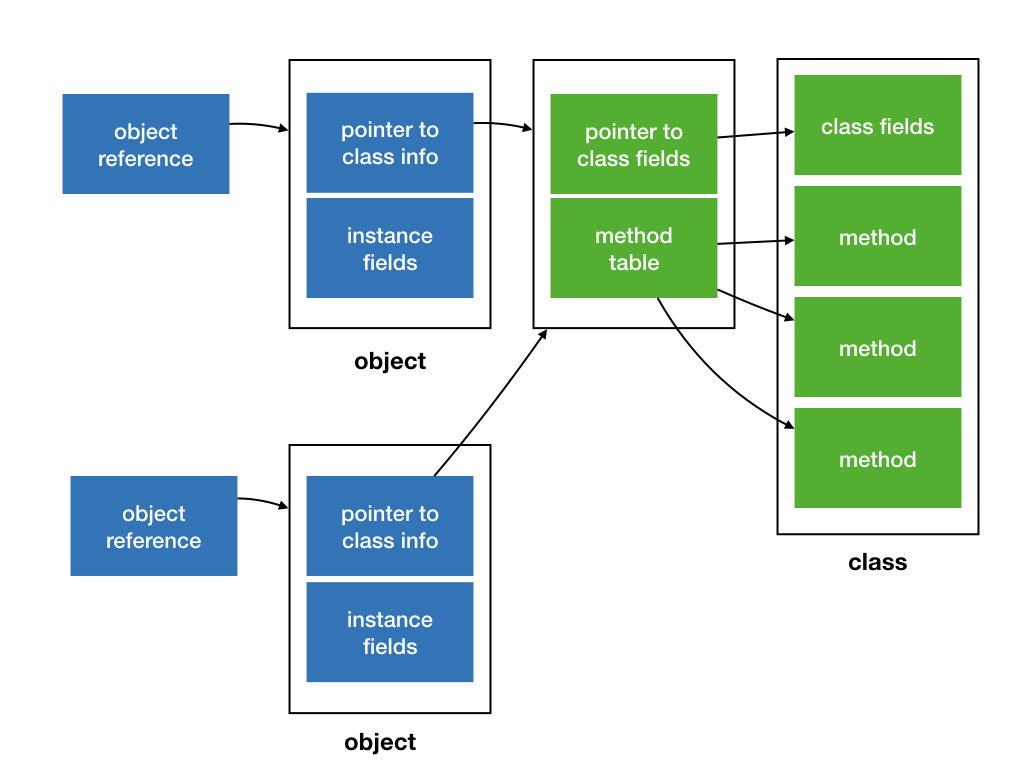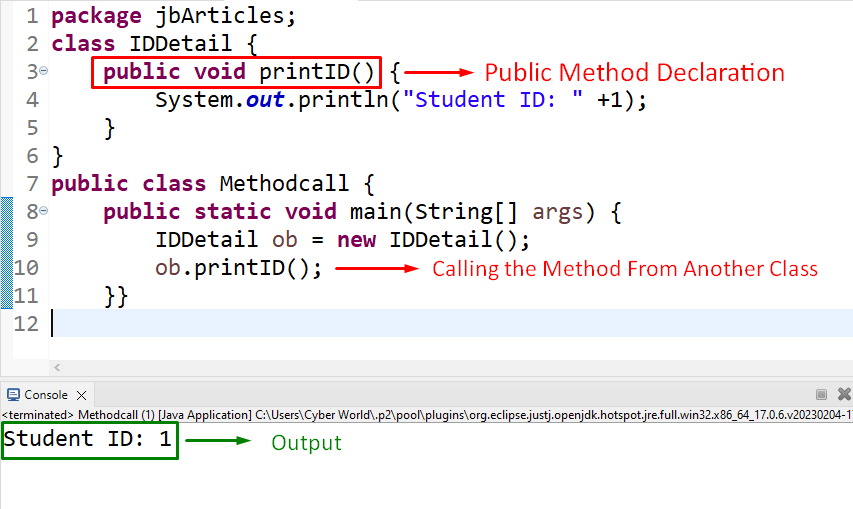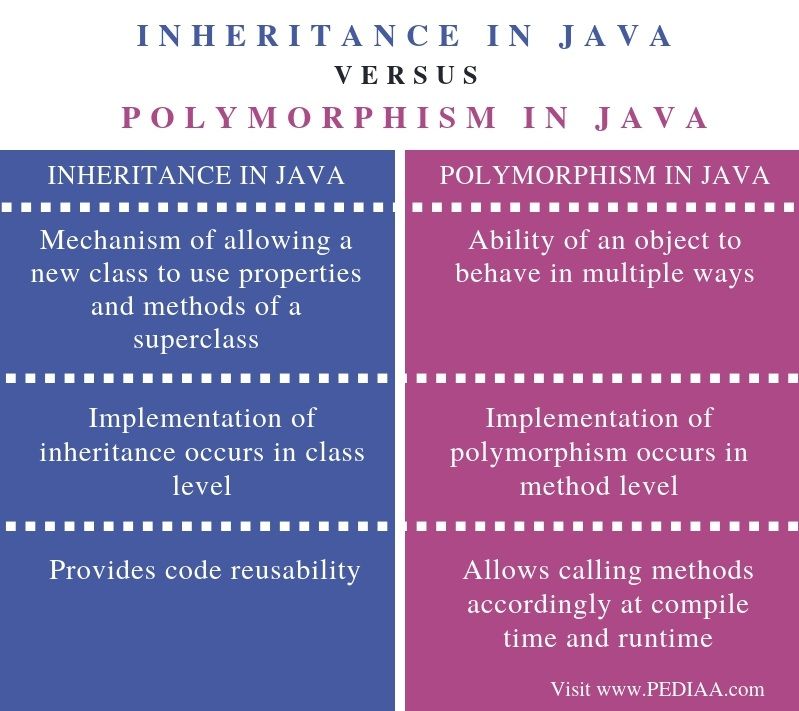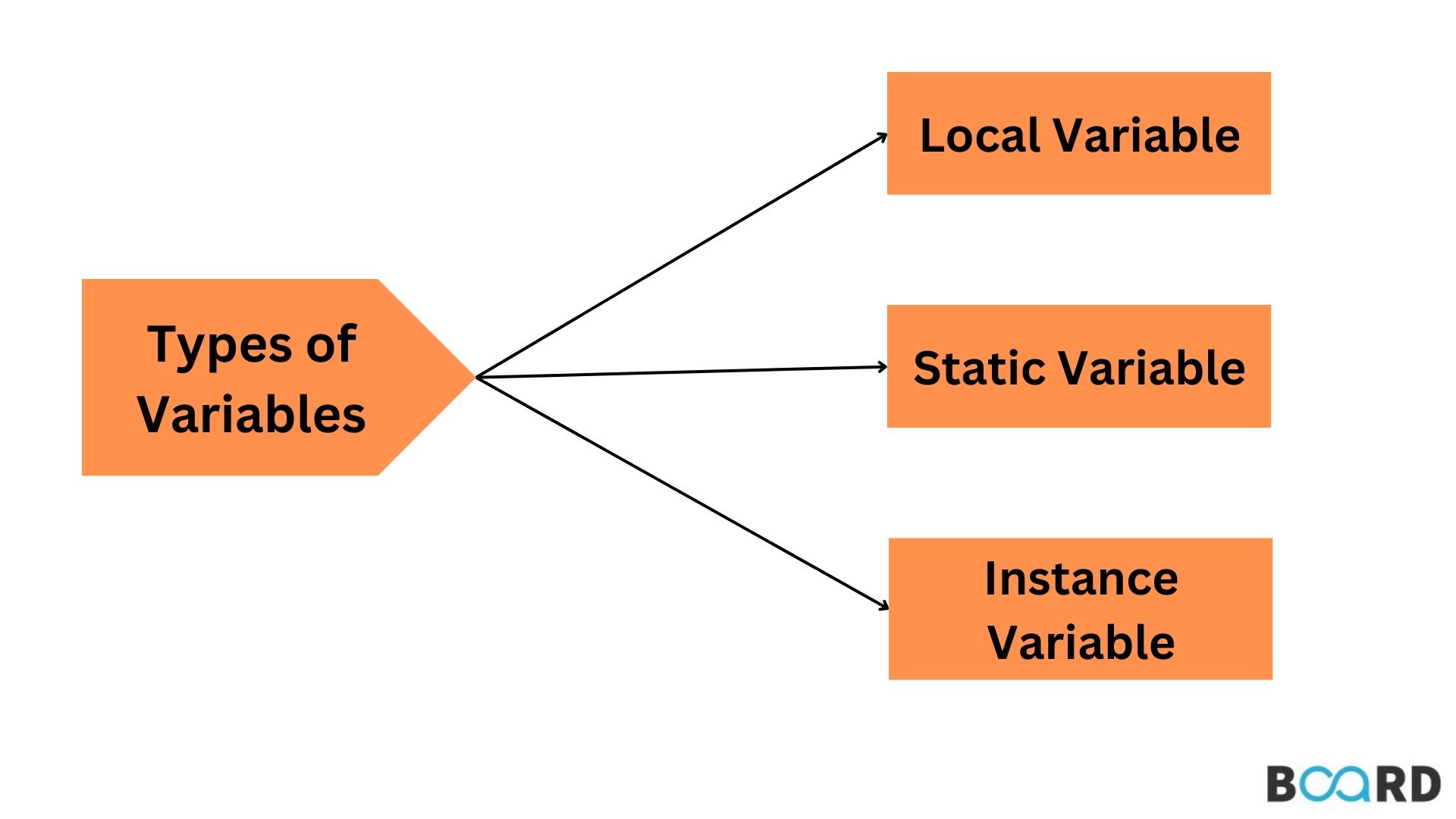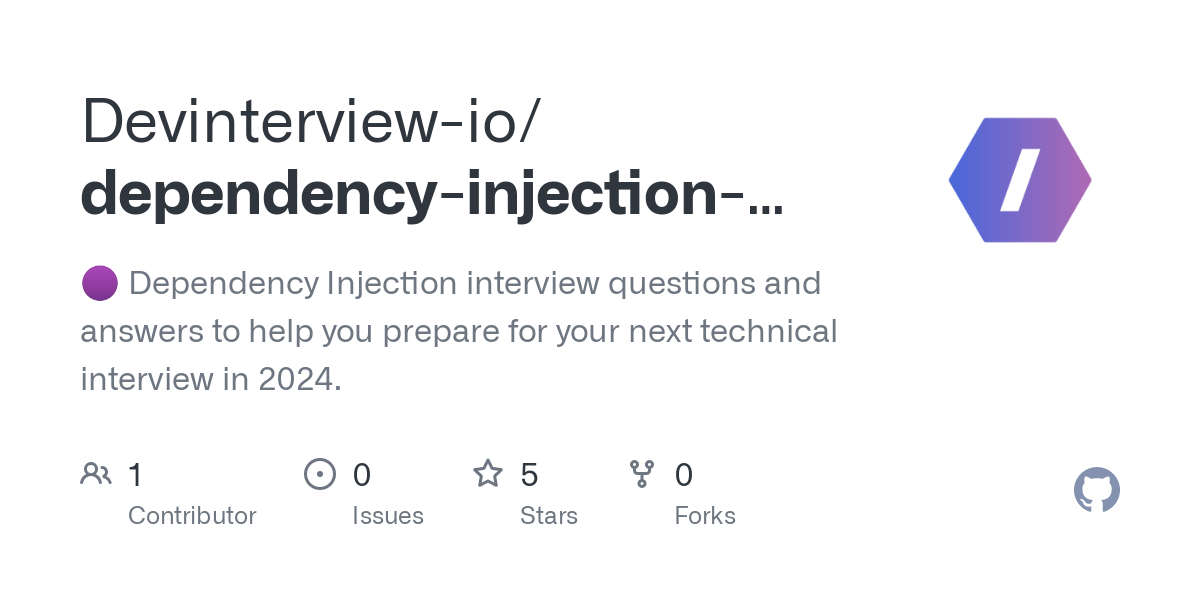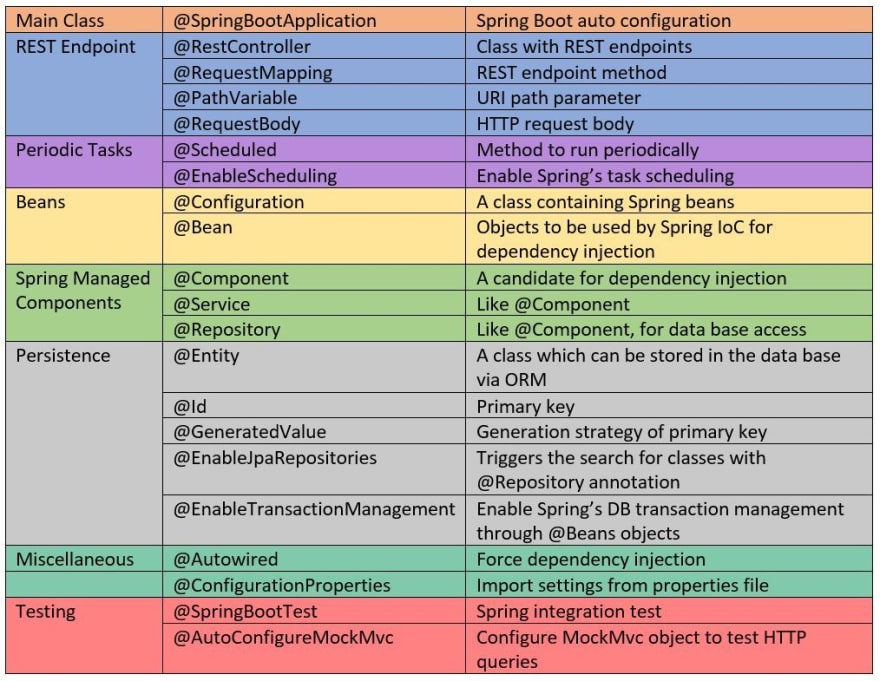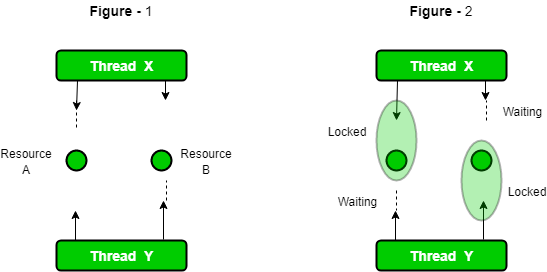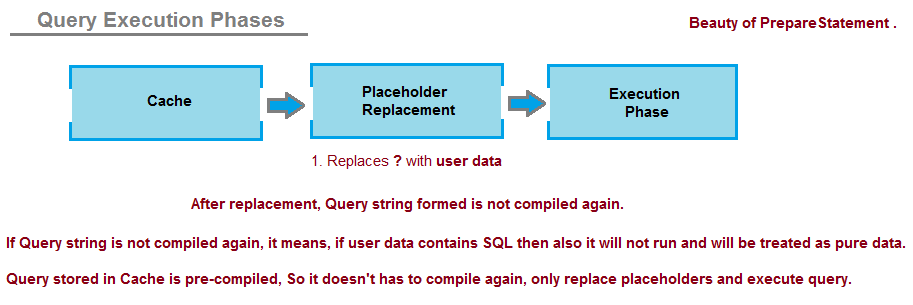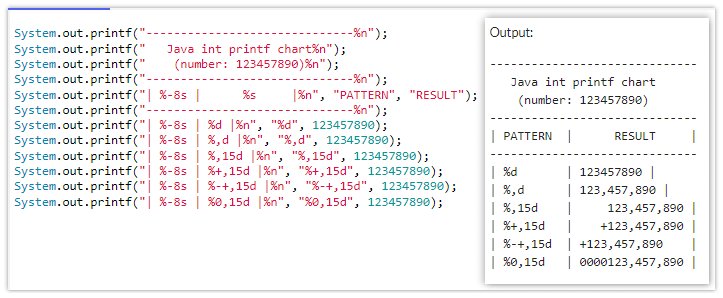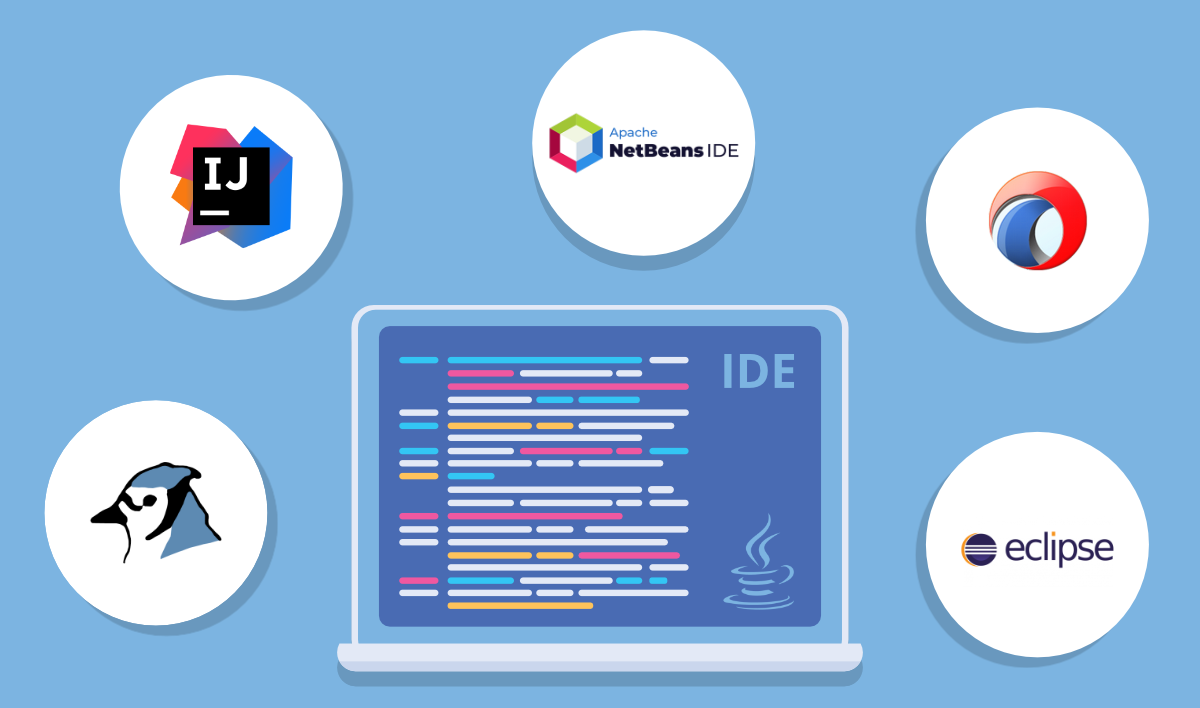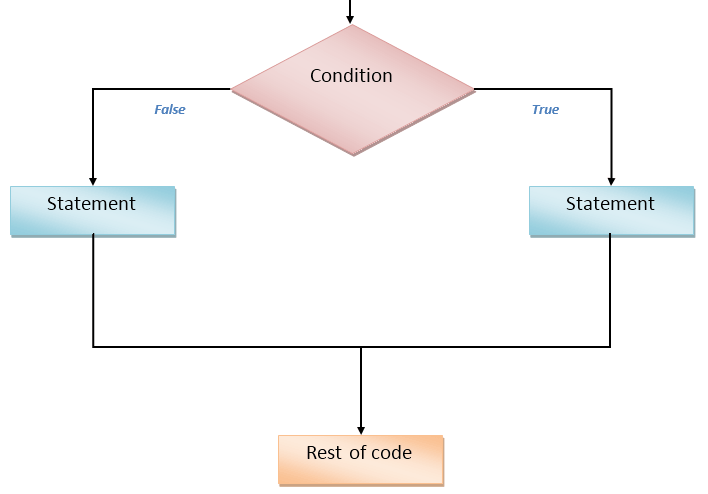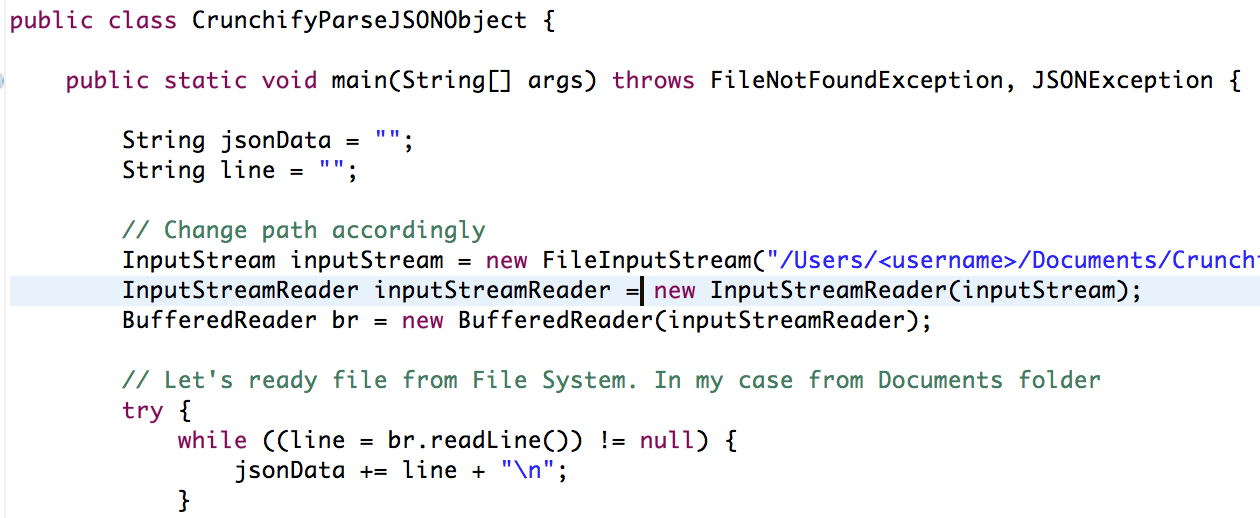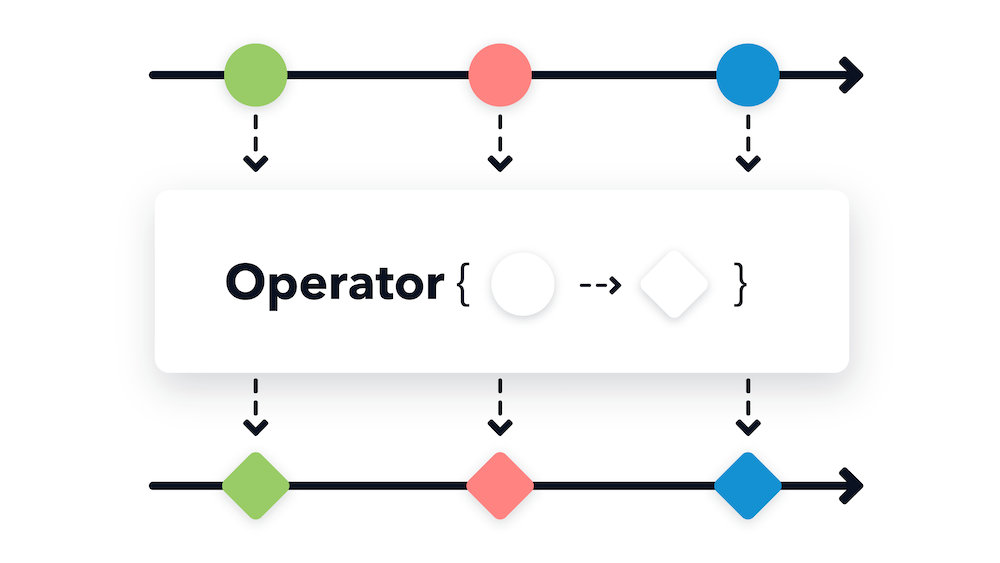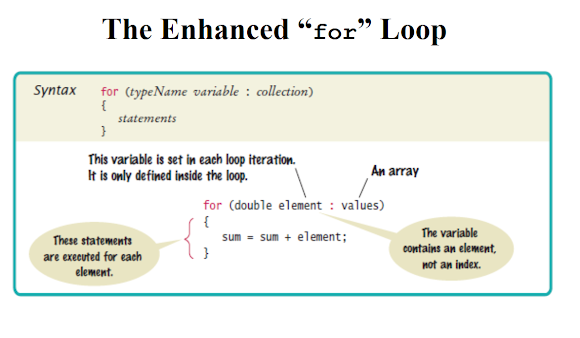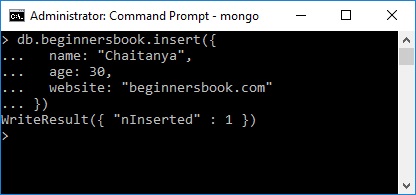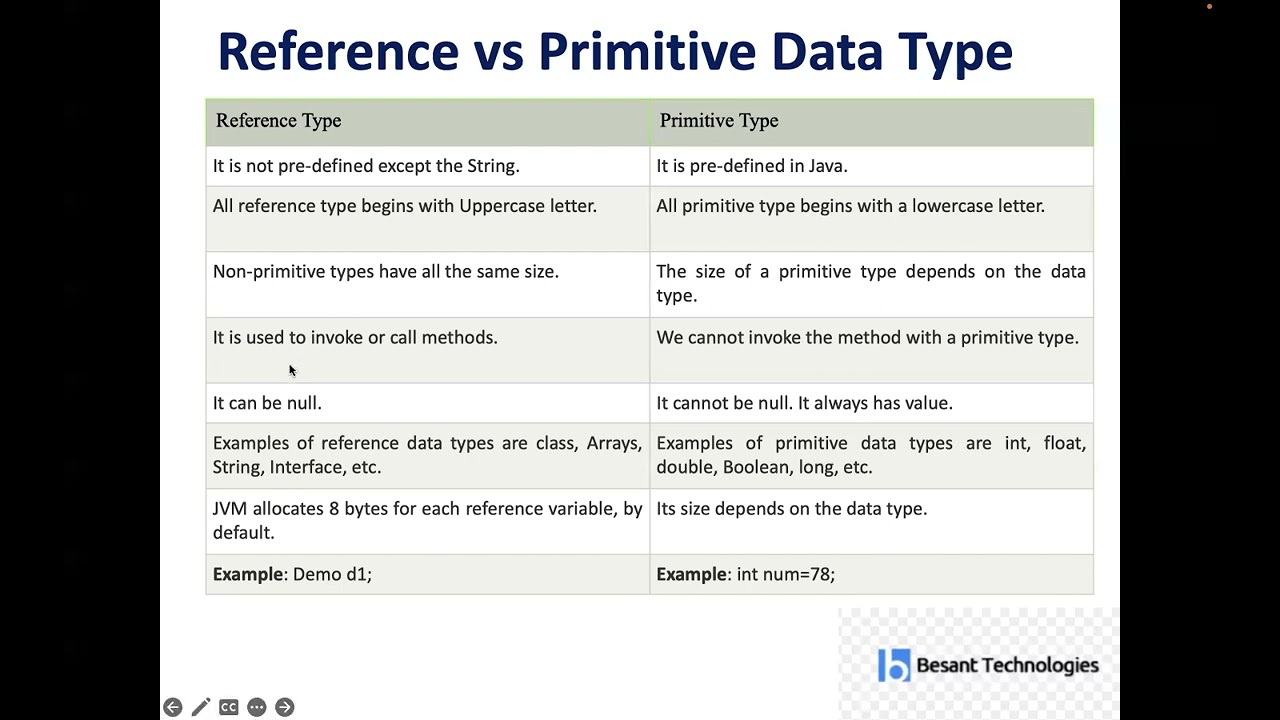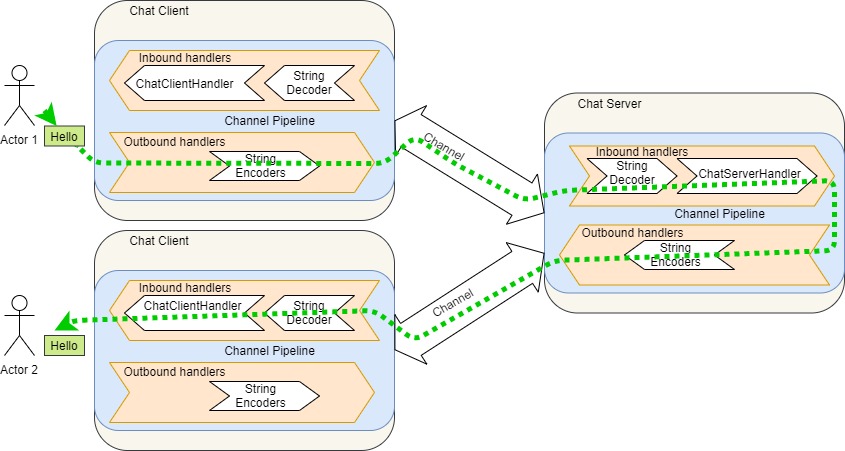What is Spring Boot in Java?
What is Spring Boot in Java?
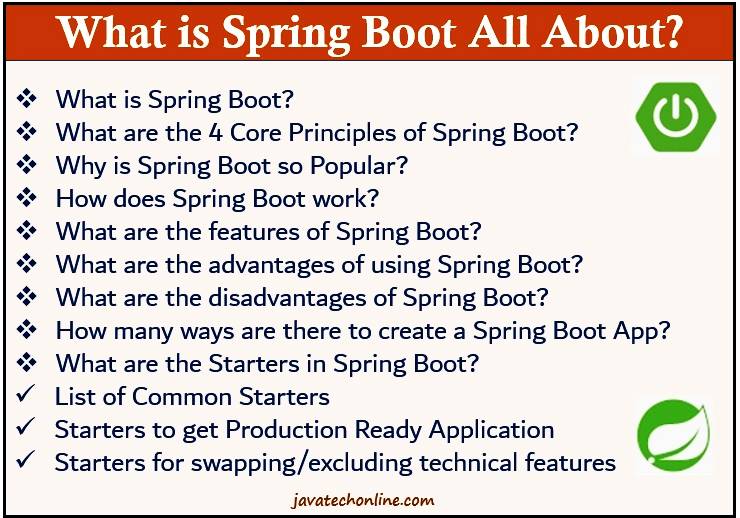
I'd be happy to explain Spring Boot in English!
Spring Boot is an open-source Java-based framework that simplifies the process of building stand-alone, production-grade applications with minimal configuration and code requirements. It's built on top of the popular Spring Framework, but it doesn't require you to write any boilerplate code.
In traditional Java development, setting up a project requires writing many lines of code for configuring things like dependency injection, database connections, logging, security, and more. This process can be time-consuming and tedious, especially when starting a new project or migrating from one framework to another.
Spring Boot was designed to alleviate these issues by providing opinionated defaults, auto-configuration, and the ability to quickly create a functional application with minimal effort. Here are some key features that make Spring Boot attractive:
Auto-configuration: Spring Boot automatically configures many aspects of your application based on the dependencies you have in your project. For example, if you add a database dependency (such as Hibernate or MyBatis), Spring Boot will automatically create a data source and configure it for you. Opinionated defaults: Spring Boot provides sensible defaults for things like logging, security, and web configuration, so you don't need to worry about these details unless you want to customize them. Quick startup: Spring Boot applications can be started quickly and easily using the built-in Spring Boot CLI or by creating a simple@SpringBootApplication annotated class in your application code. Production-ready features: Spring Boot includes many production-ready features, such as metrics, health checks, and externalized configuration, which help you build robust and maintainable applications. Flexibility: Despite its many defaults and simplifications, Spring Boot is extremely flexible, allowing you to customize almost every aspect of your application using the same Spring Framework that's been popular for years.
In summary, Spring Boot is an excellent choice for building Java-based applications quickly and efficiently. It reduces the complexity of traditional Spring-based development while still providing the power and flexibility you need to build robust, production-grade software.
What is Spring Cloud in Java?
Spring Cloud is an open-source framework designed to help build robust and scalable distributed systems using the popular Spring Framework. It provides a set of libraries and tools that make it easier to develop cloud-native applications by incorporating features such as configuration, service discovery, circuit breakers, and more.
In essence, Spring Cloud is a collection of modules that aim to simplify the development process for cloud-based applications. By leveraging existing Spring Framework knowledge, developers can quickly create scalable, fault-tolerant, and highly available systems.
One of the primary goals of Spring Cloud is to help bridge the gap between traditional monolithic application design and modern, distributed system architecture. This framework provides a robust set of features that make it easier to develop cloud-native applications with the necessary properties for scalability, reliability, and resilience in modern, dynamic environments.
Some key features of Spring Cloud include:
Service Discovery: Service discovery allows services to register themselves and be discovered by other services, enabling them to communicate with each other. This eliminates the need for manual configuration and makes it easier to manage complex systems. Circuit Breakers: Circuit breakers detect when a service is experiencing issues and automatically fail over to a fallback or alternative service. This helps prevent cascading failures in distributed systems. Configuration Management: Spring Cloud provides features for managing application configurations, making it easier to switch between different environments (e.g., development, testing, production). Distributed Feeds: Distributed feeds allow services to propagate data changes across the system, ensuring consistent state and minimizing inconsistencies that can occur with distributed systems. API Gateways: API gateways act as a single entry point for incoming requests, providing features like routing, rate limiting, and security.By incorporating these features into your Spring-based application, you can develop scalable, resilient, and highly available cloud-native applications more efficiently.
In summary, Spring Cloud is an open-source framework that simplifies the development process for cloud-based applications by providing a robust set of libraries and tools. By leveraging existing Spring Framework knowledge, developers can quickly create scalable, fault-tolerant, and highly available systems that meet the demands of modern, dynamic environments.
Word Count: 297

